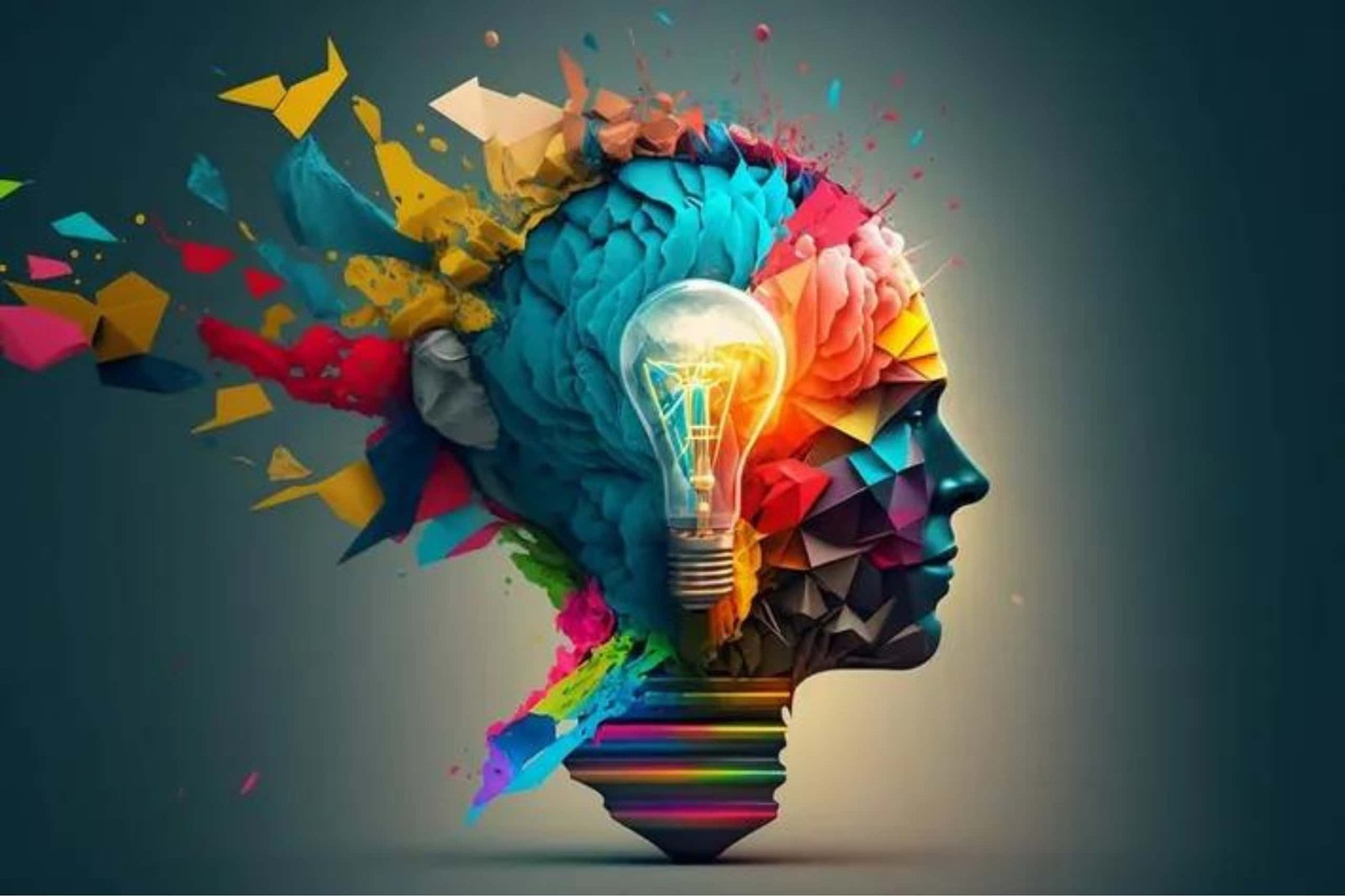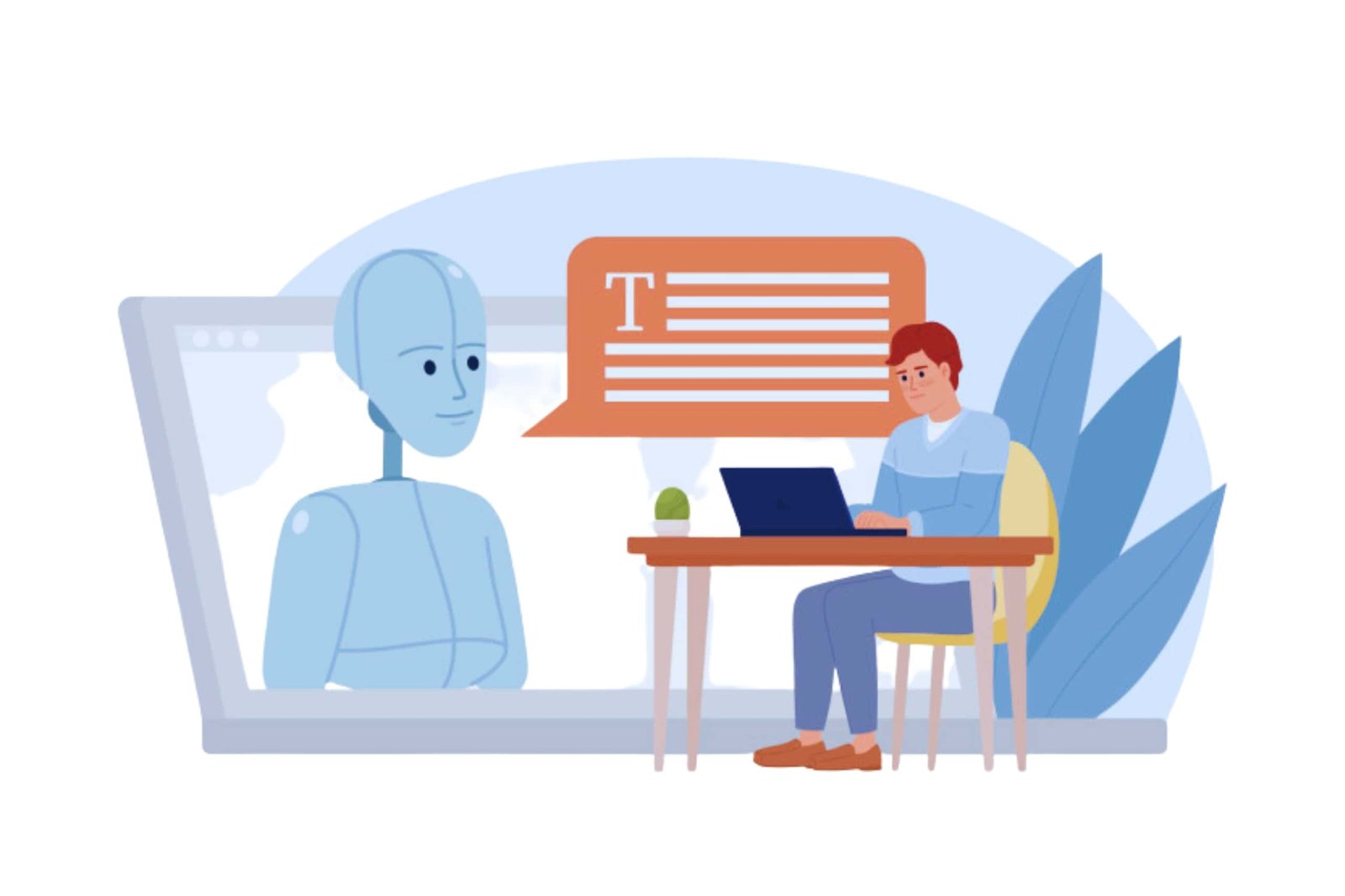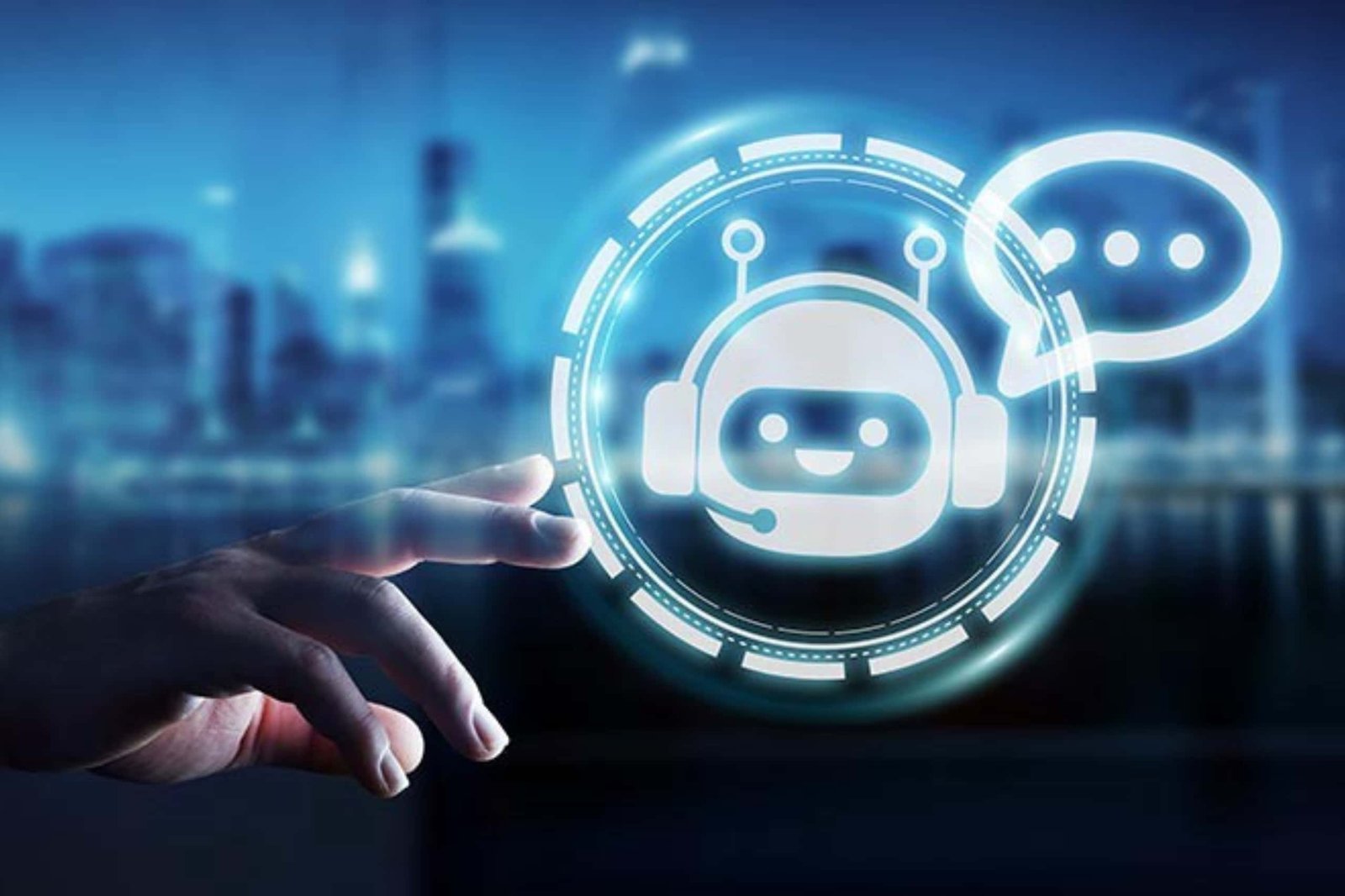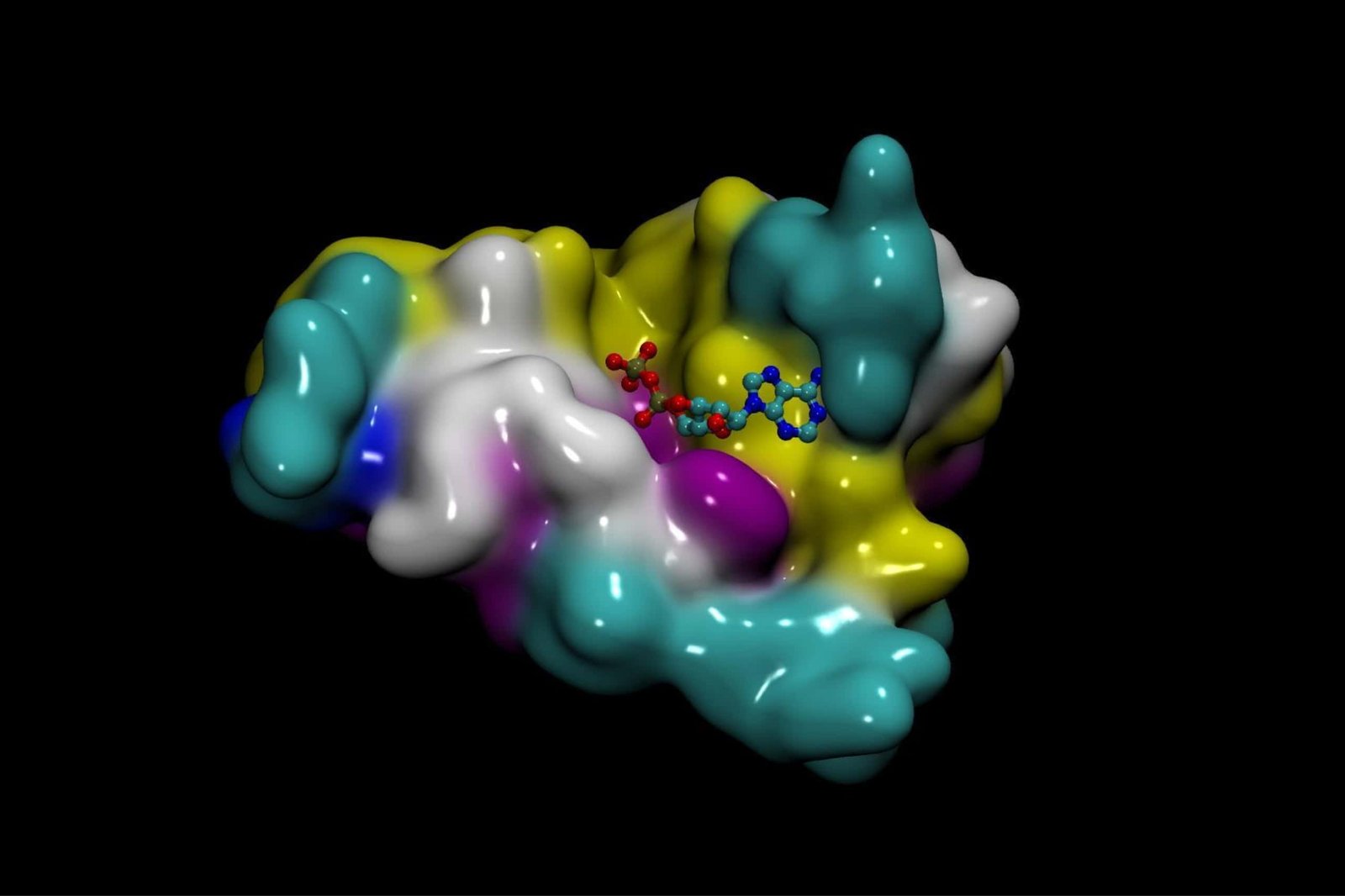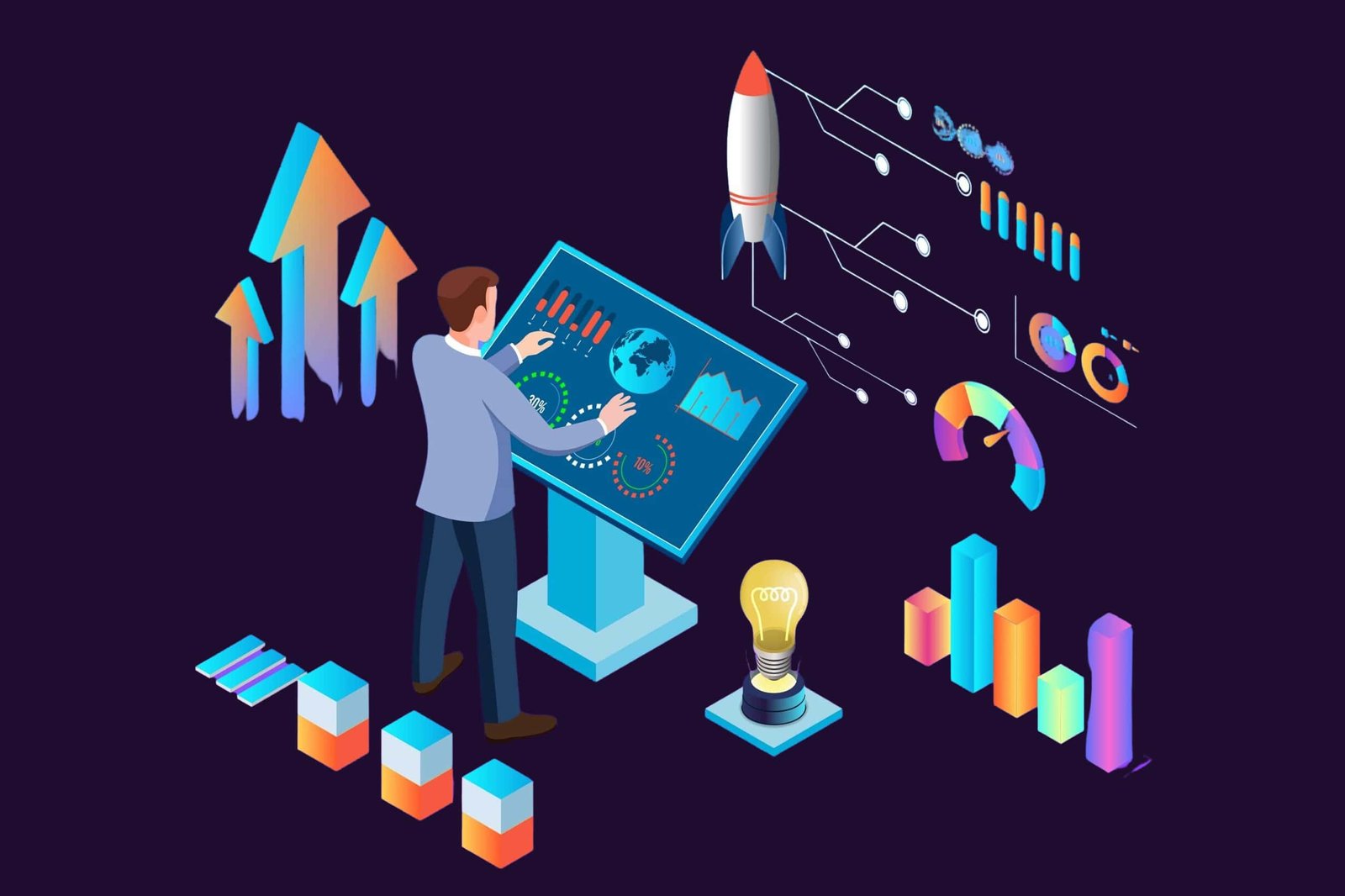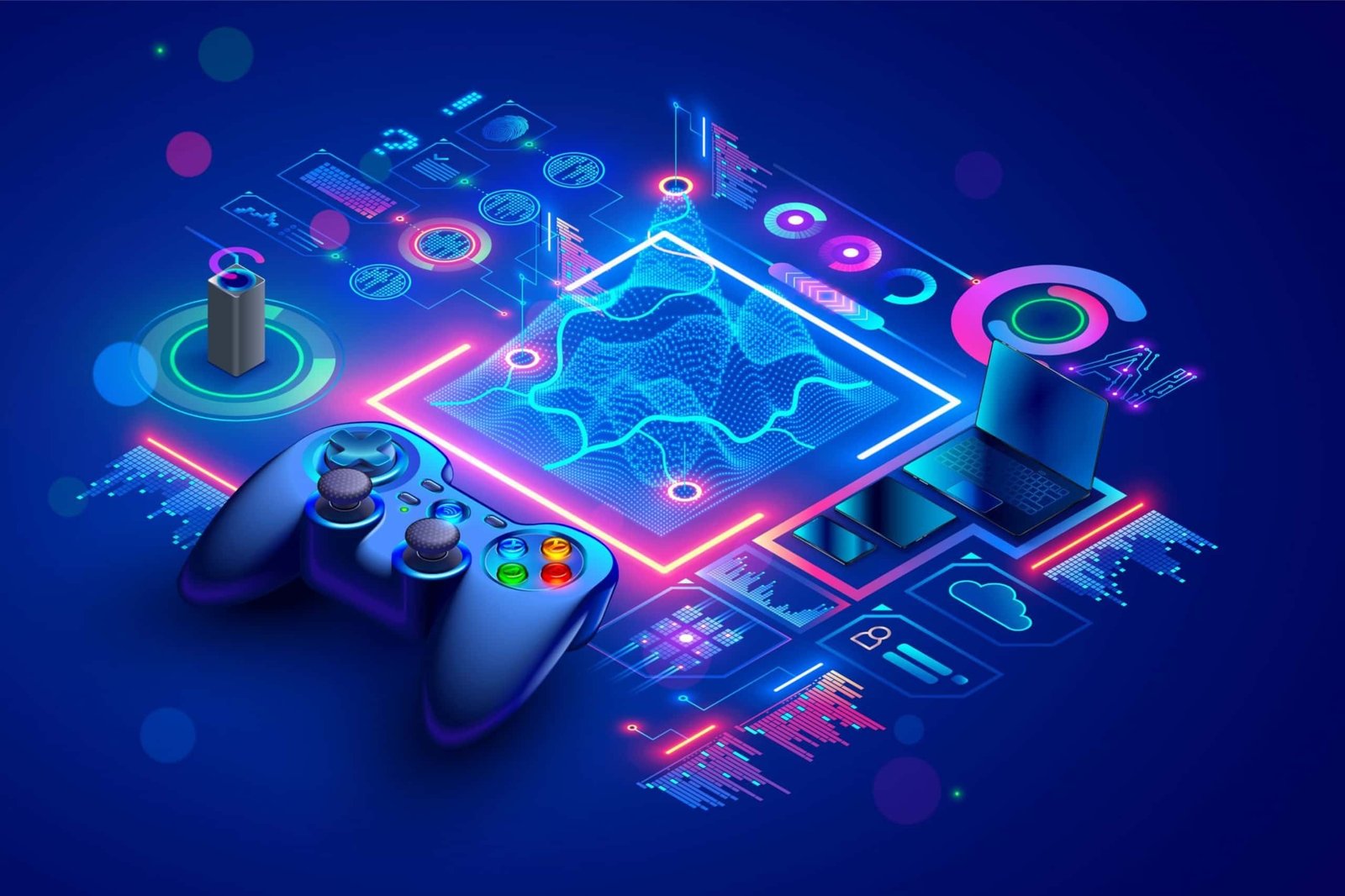The world is undergoing a rapid technological transformation. It would not be hyperbolic if we could say that we live in Doraemon’s world. The latest development and how AI is changing our perspective towards performing a task is an example. Generative AI intelligence has evolved nice several industries.
With its unique approach, generative AI offers and hands efficiency and drives innovation. Generative AI has emerged as a powerful tool and has the potential to bring revolutionary change.
In this blog, we will take you through some of the biggest revolutions in the generative AI domain and discuss its applications.
What is Generative AI?
Generative AI is a subset of artificial intelligence. It creates or generates new content. One of the unique features of generative AI is that it can autonomously generate outputs based on patterns and examples from existing data. It utilises machine learning techniques, such as deep neural networks, to learn and mimic the patterns and characteristics of the provided data. This ability to generate new content makes Generative AI a versatile and valuable tool in various domains.
Noteworthy Stats
- By 2032, the global Generative AI Market is expected to grow at a CAGR of 36.10%, reaching $188.62 billion.
- Some big brains behind the development in the generative AI domain are OpenAI, DeepMind, Meta, Nvidia, Google, and Adobe.
- The Asia Pacific is the fastest-growing regional market for generative AI
How Does Generative AI Work?
- Data Collection: Gather a large dataset of relevant examples and patterns. This dataset serves as the basis for training the Generative AI model.
- Data Pre-processing: Clean and pre-process the collected data to ensure quality and consistency. This step involves removing noise, handling missing values, and normalising the data if necessary.
- Model Training: Utilise machine learning techniques, such as deep neural networks, to train the Generative AI model. The model learns from the patterns and characteristics present in the training data.
- Iterative Learning Process: Train the model iteratively, adjusting its parameters to improve its generative capabilities. This process involves optimising the model’s ability to generate new content that closely resembles the patterns in the training data.
- Generate New Content: Once the model is trained, it can generate new content based on the learned patterns. By providing a prompt or input, the model generates coherent and realistic outputs, mimicking the training data’s style and characteristics.
- Evaluation of Generated Content: Assess the quality and relevance of the generated content. Use metrics and human judgment to evaluate the success of the generative process. This step helps identify any areas for improvement or refinement.
- Refinement and Improvement: Incorporate feedback and iterate on the model’s training process. Fine-tune the model to enhance its generative capabilities and address any shortcomings in the output quality.
By following these steps, Generative AI can create new content, such as text, images, or even music, based on the patterns and examples present in the training data. The iterative learning process allows the model to continually improve and generate increasingly accurate and high-quality outputs.
Top 7 Generative AI Use Cases:
1. Art and Creative Design
One of the major use cases of generative AI is in the art and creative domain. Artists and designers can use generative to explore the new artistic style. It gives them the liberty to experiment with the designs and styles. Thus helping in generating unique compositions that reduce visually appealing outcomes.
AI systems create innovative artworks by training AI models on extensive datasets of art history and styles. This synergy between human creativity and AI capabilities opens up new possibilities and expands the boundaries of artistic expression.
2. Content Generation and Writing
Generative AI is creating a huge difference in how content creation works. With advanced language models like GPT3, a system can generate contextually relevant content based on the problem. It finds application in different domains like drafting emails, writing articles, blogs, creating descriptions and more. By automating the generation of content, generative AI enables businesses to save time and resources.
3. Virtual Assistants and Chatbots
One of the major generative AI used cases is chatbots and virtual assistants. As the world slowly moves towards digitisation, work from home and remote working or becoming a norm. In this case, generative AI can emerge as a powerful tool. The air power system can engage in conversations and provide meaningful responses to user queries. Thus making it a useful tool that enhances user experience.
These AI-powered systems can engage in conversations, understand natural language, and provide meaningful responses to user queries. Through generative models, virtual assistants can generate human-like text and hold interactive dialogues, enhancing user experiences in customer support, information retrieval, and personal assistance. Generative AI empowers virtual assistants to adapt to various contexts and deliver personalised and contextually relevant interactions.
4. Image and Video Synthesis
Yet another popular generative AI use case is in image and video services. The relevance of a Hi-Rez image and video content is unparalleled. With the help of generative AI and the right promise, the user can create high-resolution images. It finds application in film production, video game development and enhancing virtual reality experience.
By harnessing Generative AI, designers and developers can create lifelike visual content that captivates audiences and enhances immersive experiences.
5. Drug Discovery and Molecular Design
The role of generative AI is not just limited to image and video creation. Rather, it is finding all applications in the healthcare segment. It can bring transformative change in drug discovery and molecular design processes. By using the database on molecular properties and chemical structure, AI models can create a new drug for a specific target. This can help in the overall improvement of the effectiveness of medicine.
Moreover, generative AI can also help in enhancing the process by quickly exploring the vast chemical database, identifying potential candidates and optimising the molecular structures. This application of generative AI makes it one of the most happening discoveries in the healthcare segment.
6. Financial Modeling and Prediction
There is no feeling left untouched by the miraculous impact of generative AI. One of the prominent use cases of generative AI is in the field of finance. Using historical data, the AI models can make predictions, generate simulations and forecast. Such applications are useful in the stock market. With the help of proper study, it is easier to optimise investment strategies.
Generative AI’s ability to generate realistic market scenarios helps stakeholders anticipate market fluctuations, identify emerging trends, and enhance their financial performance.
7. Video Game Design and Procedural Content Generation
The gaming industry is expanding. It has emerged as the most popular domain where generative AI has shown maximum impact. The gaming industry can use generative AI for video game designs and procedural content generation.
The AI models can generate game levels, characters, and narratives autonomously, providing endless possibilities and unique player experiences. Procedural generation powered by Generative AI enables game developers to create vast, immersive virtual worlds efficiently. This application of Generative AI fosters innovation, reduces development time, and enhances replayability in the gaming industry.
Applications of Generative AI:
Generative AI finds applications across a wide range of industries, including:
- Advertising and Marketing: AI-generated content, personalised marketing campaigns, and customer profiling.
- Fashion and Design: AI-assisted fashion design, virtual try-on experiences, and trend analysis.
- Music and Audio Production: AI-generated music compositions, voice synthesis, and sound design.
- Healthcare and Medical Imaging: AI-based medical imaging analysis, disease diagnosis, and personalised treatment plans.
- Robotics and Automation: AI-powered robots capable of learning and adapting to complex tasks and environments.
Generative AI vs. General AI:
It is important to distinguish between Generative AI and general AI. While general AI aims to replicate human intelligence and perform a wide range of cognitive tasks, Generative AI specifically focuses on generating new content based on existing data. General AI aspires to possess human-like understanding and problem-solving abilities, whereas Generative AI specialises in creative content generation. Both branches have unique applications and contribute to advancing AI technologies.
Dangers of Generative AI:
Although generative AI has some major applications across the different industrial domains, there are potential threats that it poses. Here are a few of them:
1. Misinformation and Fake Content
Generative AI has the potential to generate convincing fake content, including deep fake videos and deceptive narratives. This poses a risk to the authenticity and credibility of information.
2. Privacy and Data Misuse
Data security and confidentiality of the key concerns when we are using generative AI models. Miss use or mishandling of sensitive data can have some serious implications.
3. Ethical Implications
The creation and dissemination of AI-generated content can raise ethical concerns. It may be challenging to determine the origin and authenticity of such content, leading to potential misuse or abuse.
4. Bias and Discrimination
Generative AI models can inadvertently perpetuate biases present in the training data, leading to the generation of biased content. This can reinforce stereotypes or marginalize certain groups of people.
5. Unintended Consequences
Generative AI systems may produce outputs that have unintended consequences or unforeseen impacts. These outputs can have real-world implications, including social, legal, or economic ramifications.
6. Manipulation and Social Engineering
The ability of Generative AI to generate realistic content can be exploited for malicious purposes, such as manipulating public opinion, spreading disinformation, or engaging in social engineering attacks.
7. Legal and Copyright Issues
The generation of AI-generated content raises questions about copyright ownership and intellectual property rights. Determining the legal implications and responsibilities of using and sharing such content can be complex.
8. Accountability and Transparency
The complexity of Generative AI models can make it difficult to understand and interpret their decision-making processes. This lack of transparency raises concerns about accountability and responsibility for the generated content.
9. Adversarial Attacks
Generative AI models can be vulnerable to adversarial attacks, where malicious actors deliberately manipulate inputs to produce unintended or malicious outputs. This can undermine the reliability and trustworthiness of the AI system.
10. Unemployment and Job Displacement
As Generative AI advances, there is a possibility of job displacement in certain sectors where content generation or creative tasks were previously performed by humans. This can have socioeconomic implications.
It is important to address these potential dangers and challenges associated with Generative AI through responsible development, robust ethical frameworks, legal regulations, and ongoing research to ensure the technology is used ethically and for the benefit of society.
Conclusion
The above discussion clearly highlights that generative AI has a dominant positive aspect as compared to the negative sides. With the careful implementation of generative AI, businesses and individuals can reap a multitude of benefits. From enhanced productivity to faster completion of work and flawless outcomes, generative AI is a model that promises creativity, efficiency and effectiveness.
As technology advances, Generative AI will undoubtedly play a pivotal role in shaping the future of artificial intelligence.
Frequently Asked Questions
What is an example of a generative AI application?
One example of a generative AI application is the generation of photorealistic images from textual descriptions. AI models trained on large datasets can interpret textual input and generate corresponding realistic images that closely match the description.
Is a chatbot a generative AI?
A chatbot can utilise generative AI techniques to generate human-like responses to user queries. Chatbots can generate appropriate and contextually relevant responses by analysing the input and context, enhancing their conversational capabilities.
How to use generative AI in daily life?
Generative AI can be used in daily life in various ways. It can assist in content generation, help with virtual personal assistants, enhance creative pursuits such as art and music, and even optimise personalisation in recommendation systems.
What industries use generative AI?
Generative AI finds applications in numerous industries, including art and design, advertising, healthcare, gaming, finance, and fashion. Its versatility allows for innovative solutions and improved efficiency across various sectors.

